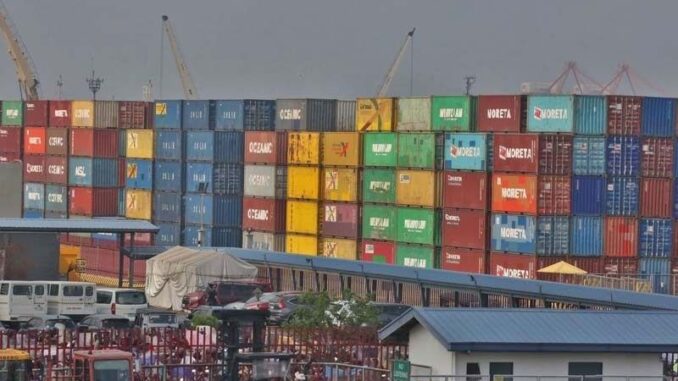
MANILA, Philippines — The country’s apparel exports are projected to reach the $1 billion mark in 2025, thanks to an expected boost from the free trade agreement (FTA) with South Korea anticipated to take effect in the first quarter.
Foreign Buyers Association of the Philippines (FOBAP) president Robert Young said in an email that the group, which sources products for foreign buyers, is hoping apparel exports may reach $1 billion next year.
“We believe the FTA will attract (South) Korean players to set up manufacturing facilities in our ecozones where they can enjoy tax holidays and other investors’ benefits,” Young said, citing incentives under the Corporate Recovery and Tax Incentives for Enterprises (CREATE) Act.
Under the CREATE Act, enterprises in ecozones can enjoy incentives including duty-free imports of capital equipment, raw materials, spare parts and accessories.
Young said the FTA “would open doors for Philippine factories to penetrate the South Korean apparel market being zero tariff, thus increasing our exports, (generating) much needed revenues.”
The Philippines has ratified the FTA with South Korea and is just waiting for the latter to complete its ratification process for the trade deal to take effect.
Young said Philippine garment exporters that currently ship to South Korea are composed of a small group of factories and hand knitters.
Citing data from the United Nations Comtrade, he said Philippine exports of apparel, knit or crocheted items to South Korea amounted to only $15.6 million last year.
Data from the Philippine Statistics Authority (PSA) showed the country’s exports of apparel and clothing in the January to September period declined three percent to $520.42 million from $536.56 billion in the same period last year.
Philippine imports of textile yarn, fabrics, made-up articles and related products as of end-September also dropped 5.9 percent to $958.06 million from $1.02 billion in the same period in 2023.
For the FOBAP, declining imports spell trouble for exports as a substantial share of textile imports are used for producing apparel exports.
For the country’s garment sector to grow, FOBAP believes it would need government support.
Last year, Philippine apparel exports amounted to $705.52 million.


Be the first to comment